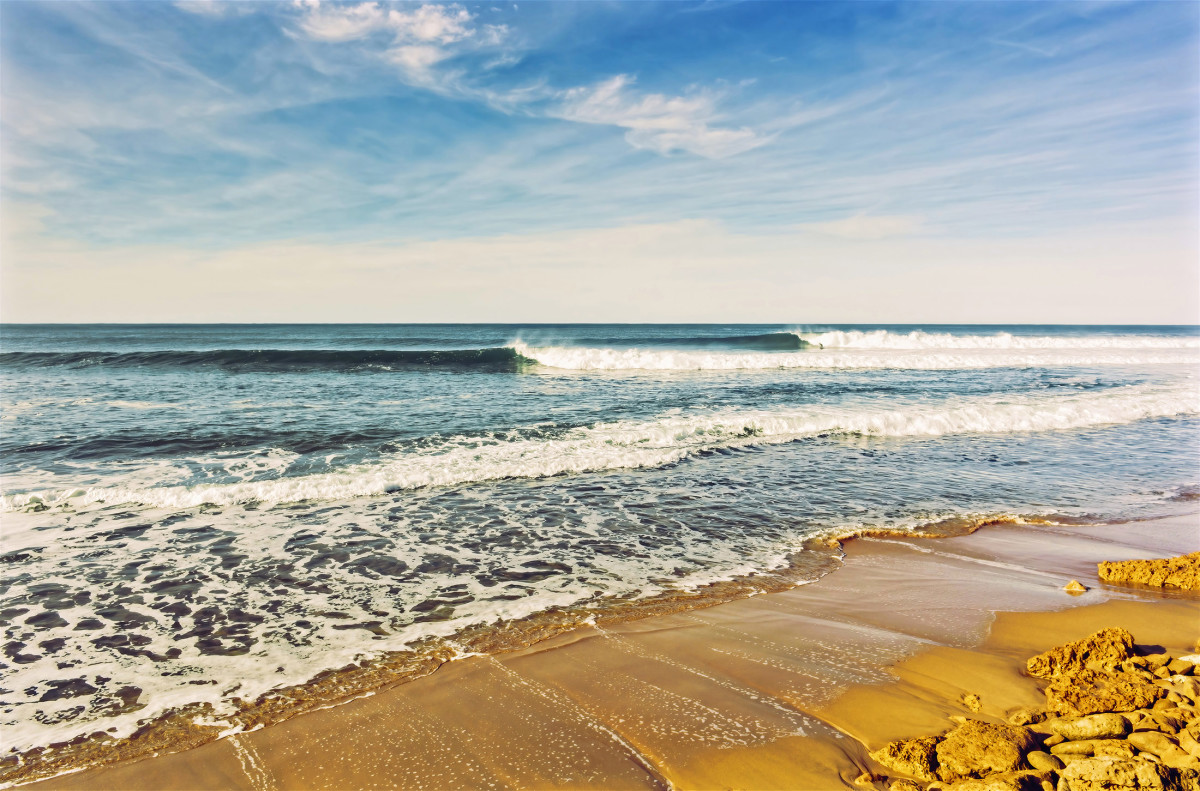Whether we like it or not, surfing is a mainstream sport. Gone are the days of it being a fringe, free-spirited movement. Surfing’s about to make its second appearance in the Olympics. There’s nothing counterculture about that.
In the United States, however, surfing is still a tiny drop in the sports bucket. It’s gonna take a lot more time (and wavepools in middle America) for surfing to even come close to matching the popularity of the NFL, PGA or NBA. And can you just imagine the lineup at Lowers if it ever does?
In other countries, like Brazil, surfing is already taken much more seriously. It’s why Gabe Medina has 11.5 million followers on Instagram, compared with John Florence’s 1.5 million. Same goes for Australia. In Oz, the government has long recognized the value of surfing and surfers to its economy, which is why they built (and continue to maintain) the Superbank, while simultaneously pumping millions of dollars into WSL events like the Margaret River Pro.
Related: Race For WSL Final 5 Intensifies As Championship Tour Heads To Rio
Just recently, in a first-of-its-kind study, Australia put a price tag on the value of surfing to its economy: 2.7 billion dollars annually.
According to the study, “Research from the Australian National University (ANU) has found surfing injects $2.7 billion into the Australian economy each year, with surfing considered to be the country’s second-most popular water-based sport after swimming.
“It found the average adult surfer spent $3,700 annually on travel and equipment, which can include everything from funds for accommodation, petrol and parking down to sunscreen, wetsuits and surfboards.”
But the study, according to survey lead Ana Manero, was mostly about the protection of Australia’s natural resources (see: surf spots) via their economic value. “There’s only a few waves across NSW and in Victoria that have any form of legal protection … so what we’re trying to do with this study is document the value that this asset provides.”

Camaro via Getty Images
The idea of protecting the waves responsible for billions of dollars is a smart one. Because while many areas and municipalities in Oz recognize the value of a wave, others still aren’t aware. Manero cites the expansion of the Ocean Reef Marina in Perth, WA in 2022 as a recent example of three waves being ruined in the country.
Through their research, Manero found that “of Australia’s 1,440 documented surf breaks, only 20 had some form of legal protection, including Lennox Head, Cronulla and Bells Beach.” She hopes to change that. Hopefully, with Australia officially valuing waves as “assets” to its economy, more of those breaks get added to the protected list.
If it works, other countries would be smart to follow suit with similar studies. Because that’s one way to get a non surfing government official to care about a surf spot: Show them how it helps line their pockets.
Bottom line: Money talks.
Related: What’s the Price Tag Per Wave at Kelly Slater’s Surf Ranch?

